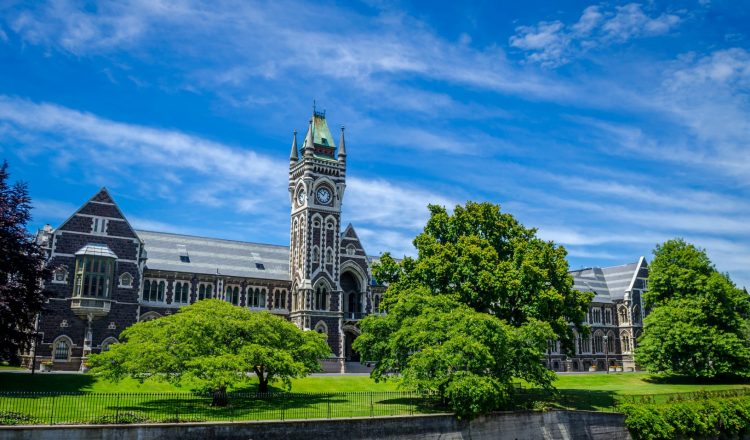Post study work visa
You can apply for a visa to work in New Zealand for up to 3 years after you finish your study if you have an acceptable qualification.
A Post-study work visa lasts for 1, 2 or 3 years depending on the level of your qualification and where you studied. From the end of November 2018, it replaces 2 previous visas:
- Post Study Work Visa (open)
- Post Study Work Visa (employer-assisted).
What you can do on a Post-study work visa
A Post-study work visa lets you work for any employer and in almost any job. Your partner can apply for a work visa and your dependent children can study fee-free as domestic students.
Check all the criteria and work out how long you can work for.
Post-study work visa
If you plan to live in New Zealand permanently getting a skilled job in an occupation where there’s a shortage could improve your chances of getting a residence visa.
Skill shortage list checker
If you already have a Post Study Work Visa (open)
If you already have a Post Study Work Visa (open) or we accepted your application for one before 26 November 2018, before your current visa expires you can apply to extend your visa for up to 2 more years.
If you already have a Post Study Work Visa (employer-assisted)
If you already have a Post Study Work Visa (employer-assisted) or we accepted your application for one before 26 November 2018, you can choose to have the job, employer and location removed. You can then work for any employer, in any location and in almost any job.
Staying longer
You can apply for a further Post-study work visa if you complete another qualification in New Zealand that:
- is at least a Level 7 Bachelor’s degree
- lasted for a minimum of 30 weeks, and
- is higher than the qualification you submitted for your previous visa.
Depending on your situation, there may be other visas you can apply for if you want to work in New Zealand — for example, an Essential Skills work visa.
Finding a job
New Zealand’s job market might be different from what you are used to. The New Zealand Now website has information that can help you prepare for finding a job in New Zealand.
Finding work | New Zealand Now
Studying for qualifications in an occupation that has skill shortages may increase your chances of getting a job.
Skill shortages in New Zealand

















































